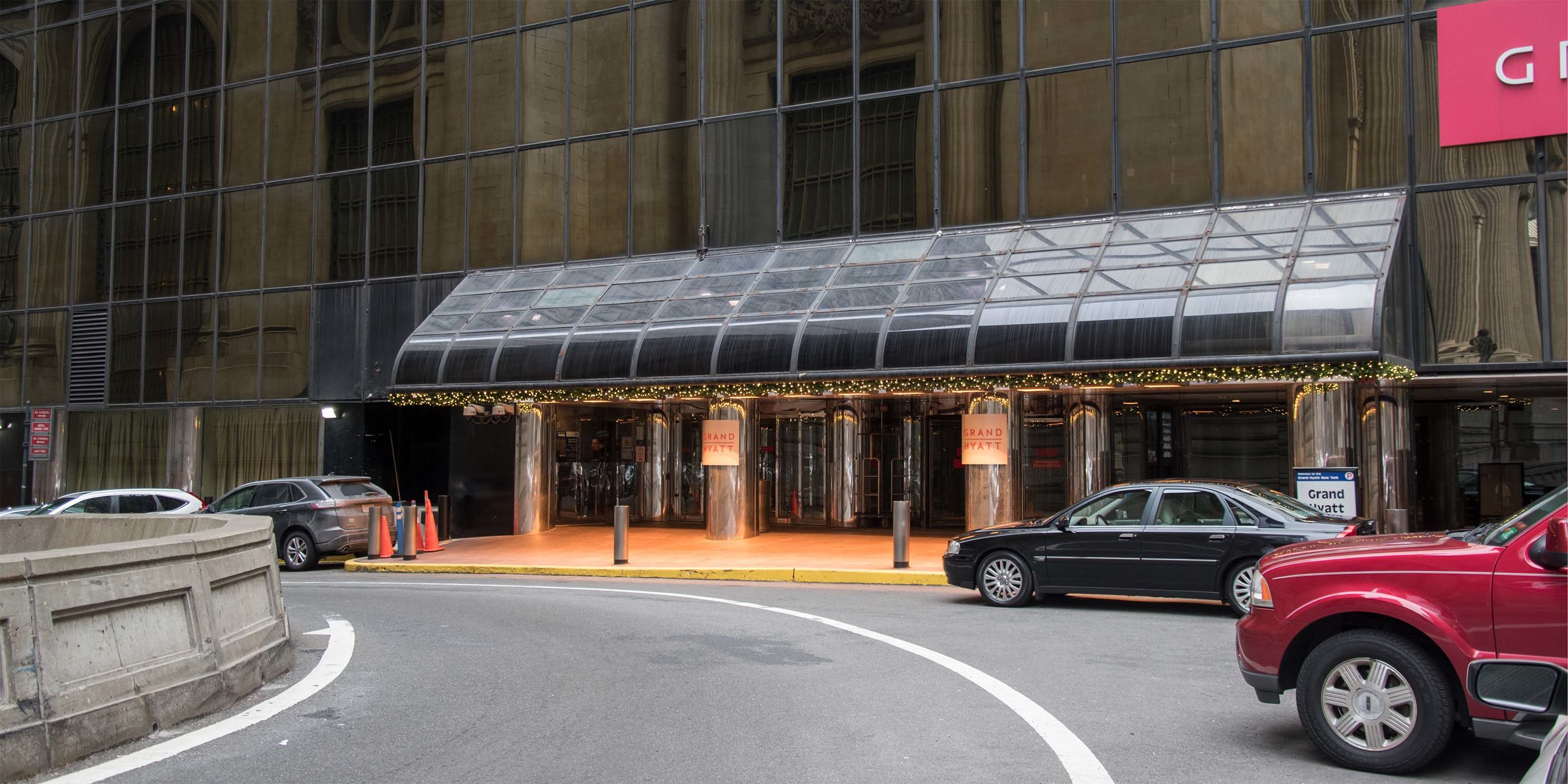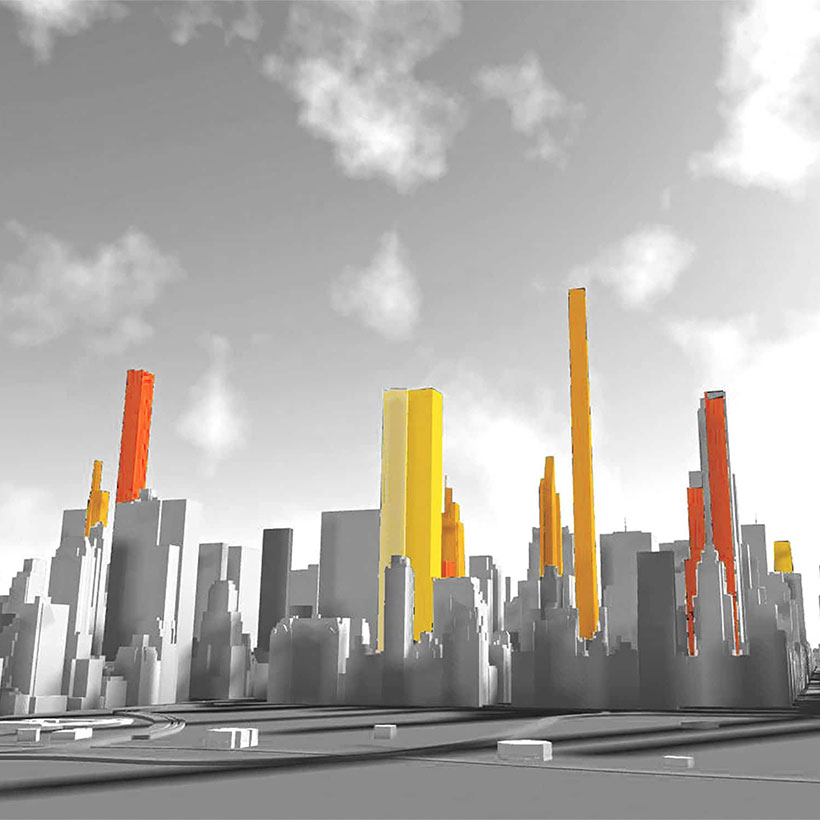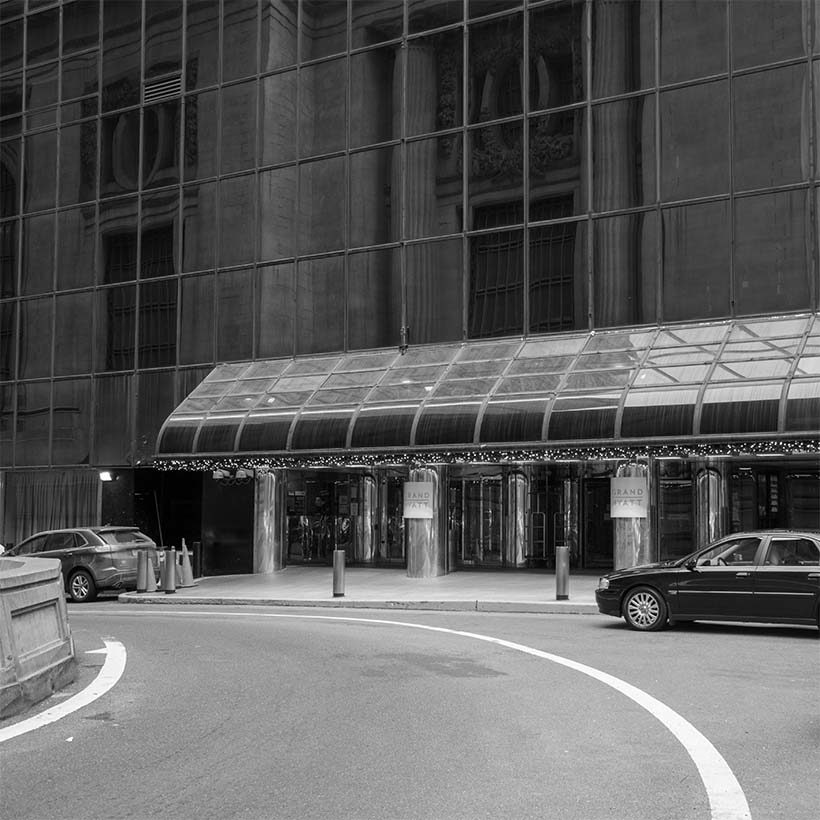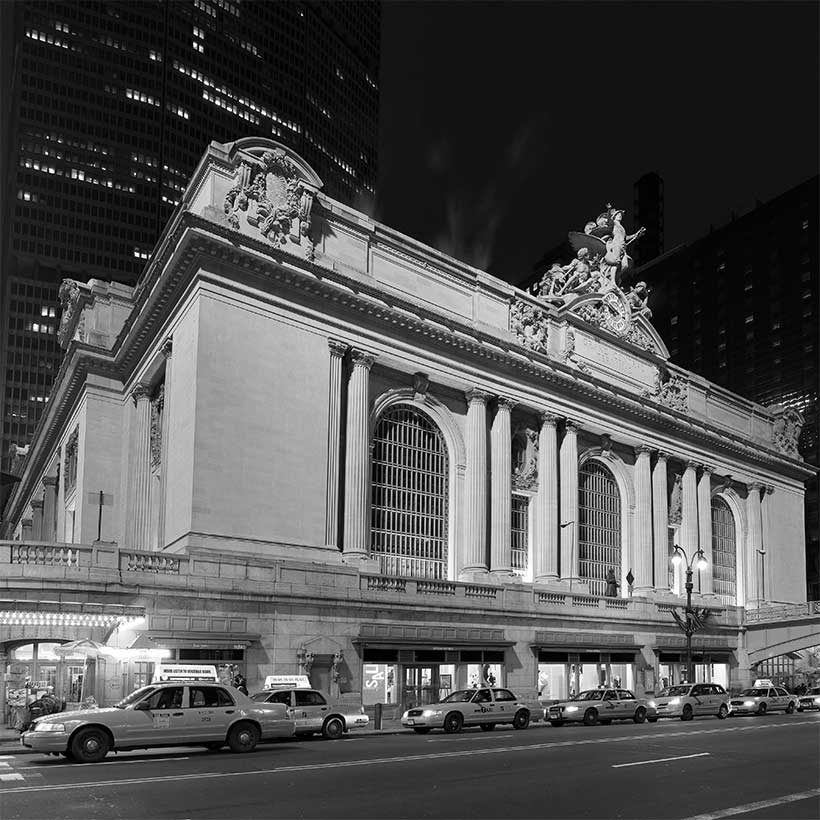Height & Bulk of 175 Park Avenue May Overwhelm Grand Central Terminal
Comments to Manhattan Community Board 5
The magnitude of RxR and TF Cornerstone’s 175 Park Ave tower has the potential to forever alter the Grand Central Terminal area and the iconic NYC skyline. While the redevelopment of the outdated Grand Hyatt site is most welcome, and the proposed pedestrian and transit improvements much needed, the Municipal Art Society (MAS) fears the tower’s height (1,646 feet—second to One World Trade Center) and bulk (nearly three million square feet) may overwhelm this important area of the city and Grand Central Terminal itself. With these concerns in mind, we have several comments on the proposal and questions that require further clarification and disclosure for the project to be examined comprehensively.
Download Testimony
Historic & Cultural Resources
While we view the building’s street level setbacks on 42nd Street and Lexington Avenue as an improvement from current conditions, the building’s imposing bulk would overwhelm the area and obscure nearby historic and visual resources, of which there are many. Twenty-one historically significant resources are clustered within 400 feet of the development’s project area including Grand Central, the Chrysler Building, the Graybar Building, the MetLife Building, and the Chanin Building, to name but a few.
The project Draft Environmental Impact Statement (DEIS) depicts a significant difference between the No-Action and With-Action development view east on 42nd Street from the New York Public Library. The former view shows a portion of the Chrysler Building still visible; in the latter, it is entirely obscured by the proposed building’s bulk. The DEIS also depicts the dramatic impact the building would have on the iconic NYC skyline from Long Island City, wherein it would completely dominate surrounding buildings.
Despite these impacts, the DEIS concludes that the development would have no significant adverse impact on surrounding historic and visual resources. Moreover, the renderings in the DEIS are woefully simplistic and inadequate for a project of this scale, as they lack sufficient detail and fail to give a sense of the building’s visual presence from vantage points around the New York City area other than Long Island City.
MAS requests that the FEIS include 1) more detailed drawings so that the public might better assess the tower’s design, 2) additional views of the building from afar (including from Brooklyn, the Bronx, and New Jersey), and 3) a proposal for a scaled-down alternative that, like One Vanderbilt, tapers much more dramatically through the middle and the top of the structure.
Open Space
The additional 5,000 square feet of open space added to the proposal since the release of the DEIS will result in over 25,000 square feet of privately owned public space, much, if not all of it distributed among three elevated terraces on the east, west, and north sides of the building. However, it is unclear what the impetus was for the addition and how and where the added 5,000 square feet would be allocated.
Moreover, MAS is concerned that Graybar Terrace in particular will be heavily shadowed, windswept, and rendered unappealing due to its walled-in location between 175 Park Avenue and the Graybar Building. And while we acknowledge engineering obstacles make ground-floor plazas difficult for this project, we are not convinced that the casual passerby will even be aware that the second floor terraces are publicly accessible.
To address these issues, MAS requests that the FEIS include 1) specific details on where the 5,000 square feet of additional open space will be allocated, 2) shadow and wind evaluations for project-generated open spaces as well as a daylight evaluation (as is required per Special Midtown District zoning), and 3) a detailed signage plan that clearly indicates that the terraces are a part of the public realm.
Conclusion
New commercial development at 175 Park Avenue is appropriate and has the potential to bring substantial economic, transit, and public space benefits to the city. However, we have outstanding concerns about the building’s potential overwhelming effect on area landmarks and the functionality of its public spaces. We look forward to a more thorough and transparent evaluation of such matters in the FEIS.



